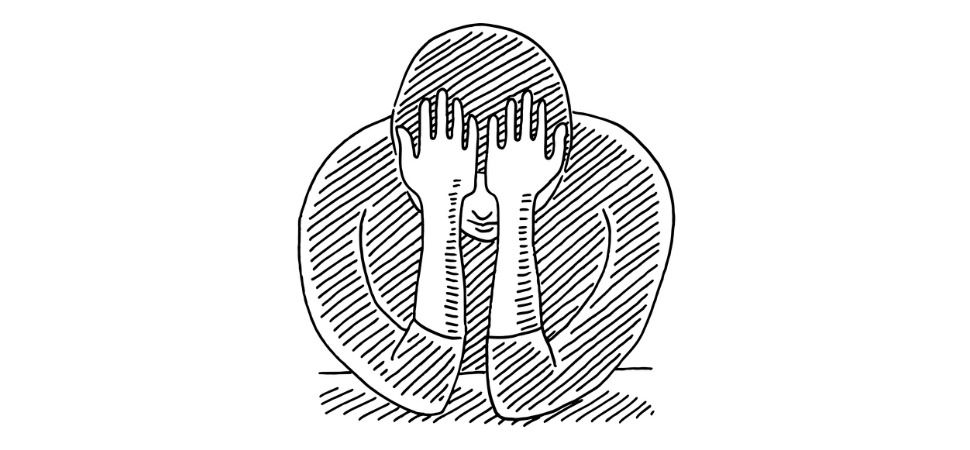As President Joe Biden’s transition team recently explained when reintroducing the Violence Against Women Reauthorization Act of 2019, “as many as 1 in 3 women are subjected to physical violence, rape and/or stalking by a partner at some point in their lives. The rate is even higher for women of color, lesbian and bisexual women, and transgender people.”
Finding a solution to this enormous and far-reaching problem is fairly difficult if not impossible. Aside from the fact that penalties are hard to enforce and intimate partner violence is still viewed as a domestic issue rather than a crime, getting away from an abuser is an enormous undertaking for a victim and the threat of financial insecurity just makes it harder. It’s this second point — that getting out of a domestic violence situation usually plunges survivors into financial crisis — is one of the reasons that Sonya Passi, the CEO and founder of FreeFrom launched her organization.
“One in four women and one in two trans folks in the U.S. will experience intimate partner violence in their lifetime, and the number one obstacle to safety for survivors is financial insecurity,” Passi explains. “And when you actually start to look at the economics of intimate partner violence, the scale of the problem is huge. For example, the CDC estimates that intimate partner violence will cost a female survivor $103,767.”
That cost comes from a variety of sources including medical costs, legal costs, and lost wages — a fee that Passi says she’s “pretty certain” is an underestimate.
While there are many organizations out there that are looking to help those who have been victimized by intimate partners, FreeFrom’s unique focus of using basic technology to help those survivors is decidedly slow lane — focusing on low-tech ways to bring attention and information to survivors, politicians, and other nonprofit groups.
One of the most recent projects that FreeFrom took on was creating a simple online tool that’s part policy map and part scorecard which will lay out how states are doing with nine different categories including how they define domestic violence including the term ‘economic abuse,’ worker protections and work safety, paid and protective leave, civil remedies, victims of crimes compensation availability, fraudulent debt protection, and housing and rental protections. Each of the categories have several subcategories, too. The information for these scorecards has been gathered with old fashioned research — no artificial intelligence or web scrapers involved, says Sabrina Hamm, FreeFrom’s policy specialist. Instead, the organization leaned on law firms, which gathered information from state laws and codes, working pro bono all last summer to get it done.
“We’re looking at how states are measuring up in terms of how they support survivor financial security. And this is really looking at state level policies, not federal level policy so all 50 states plus DC. Our goal with this mapping tool is to engage drivers in the policy advocacy process. We we recognize that states have not prioritized thinking about survivor financial security and wealth building.” In addition, Hamm says, in the majority of cases, policies that are being designed for survivors don’t include feedback from those who are impacted — something that goes by the wayside with many technology projects as well. that policy is going to impact in particular survivors. The organization is taking both types of data and combining them.
“How we respond to intimate partner violence and gender based violence violence is really focused on emergency issues — emergency housing, protective orders, criminal responses — and doesn’t think more broadly about what other things we need to do to make sure that survivors are more financially secure. We’re hoping with this tool that we can lay everything out and say, ‘Here’s how your state is doing. Here are the recommendations so that they can better prioritize survivor wealth and financial security, which the research that we have shows that states are not doing that at all,” explains Hamm.
There’ll be a space on the mapping tool, too, to help survivors do policy advocacy in their state and potentially connect with other survivors, she says. The main reason FreeFrom undertook this work is that there is a serious problem when it comes to government websites and information, says Passi. “The online situation is bad when it comes to government. It’s just very difficult to find what you need on the sites,” she says. “I honestly think it’s an access to justice issue. Folks have to be able to access the laws that are meant to protect them in order to understand their rights. We think about the internet as a kind of utility that states have to do a better job of. They need to be providing easy, accessible, and clear language online.”
Going forward, FreeFrom has a long list of goals, which include growing the capacity of the anti-violence movement, building tech resources for survivors, creating peer networks that foster survivors’ collective power, changing existing laws and advocating for the passage of new and survivor-centered laws at the state and federal level, and expanding the data and research that exists to support the field, among others.
Hamm says she hopes cities and states will be inspired by what they are doing to make it easier for constituents to find information on their own websites. “I would just caution states to really think about the user experience and not be afraid to change or make the necessary adjustments. Make sure your tools are simple and as user friendly as possible. Center in on the main user, the survivor even just down to, ‘what is this form going to look like? Is it going to deter someone from filling out this survey or participating are engaging in this tool, from the language to how it’s laid out?'”
